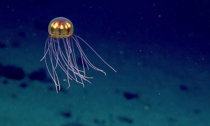
Climate change could dramatically reduce life in the deepest parts of our oceans that are reached by sunlight, scientists warn. Global warming could curtail life in the so-called twilight zone by as much as 40% by the end of the century, according to new research. The twilight zone lies between 200m (656ft) and 1,000m (3,281ft). It teems with life but was home to fewer organisms during warmer periods of Earth’s history, researchers found.
In research led by the University of Exeter, scientists looked at two warm periods in Earth’s past, about 50 million years ago and 15 million years ago, examining records from preserved microscopic shells.
They found far fewer organisms lived in the zone during these periods, because bacteria degraded food more quickly, meaning less of it reached ...
Read More

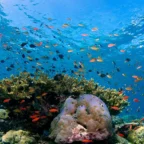

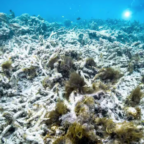
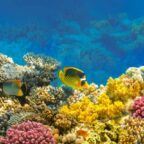
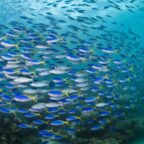

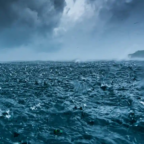
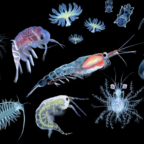


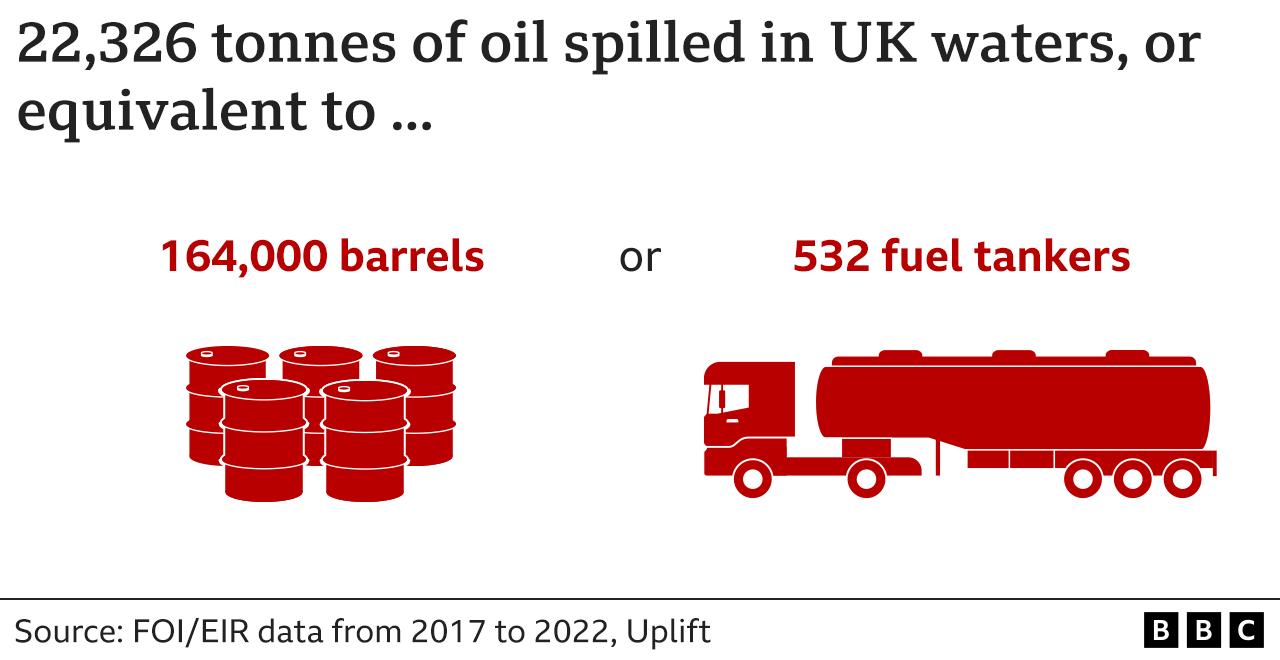





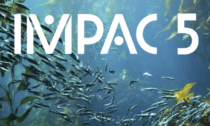



Social Profiles